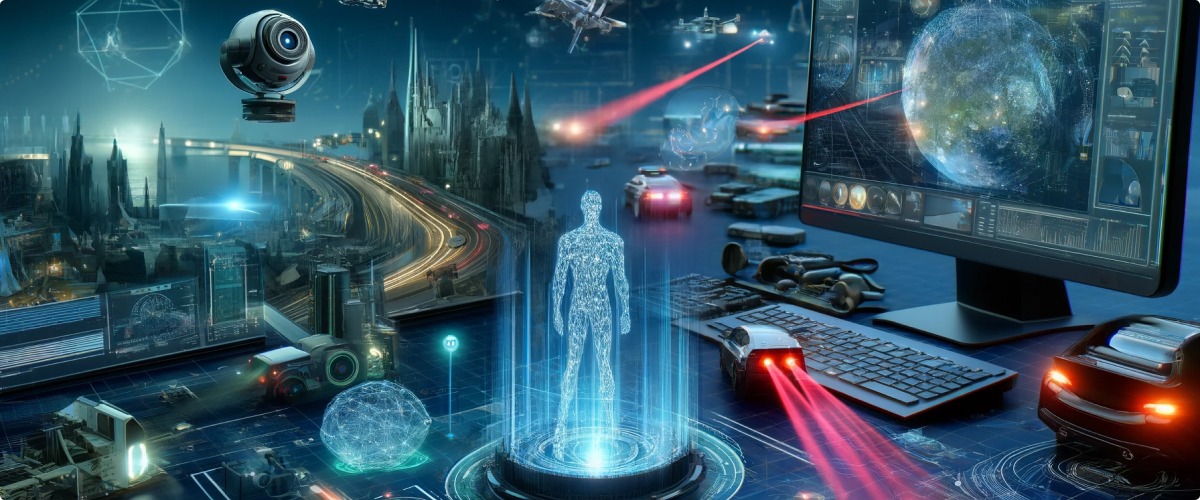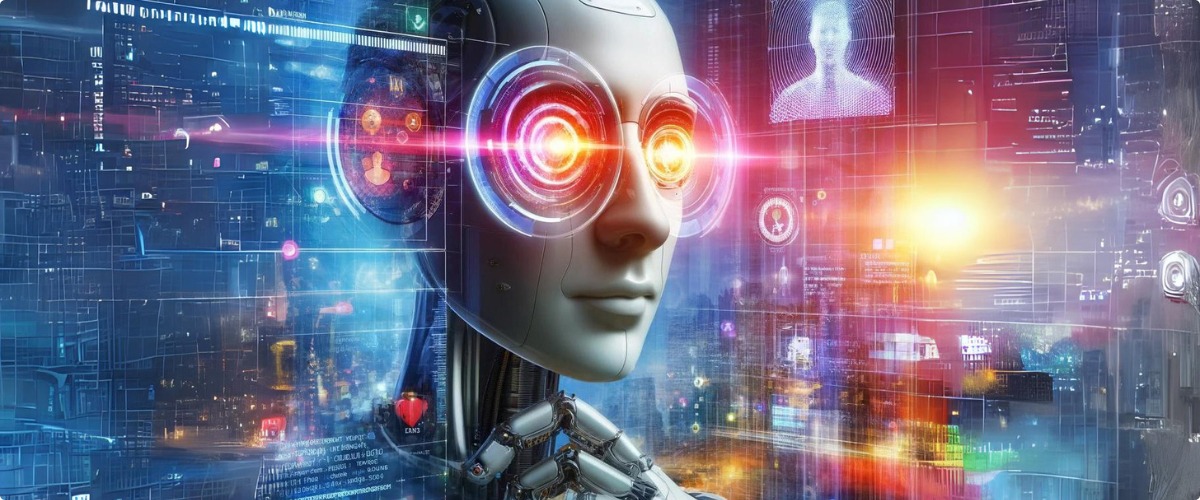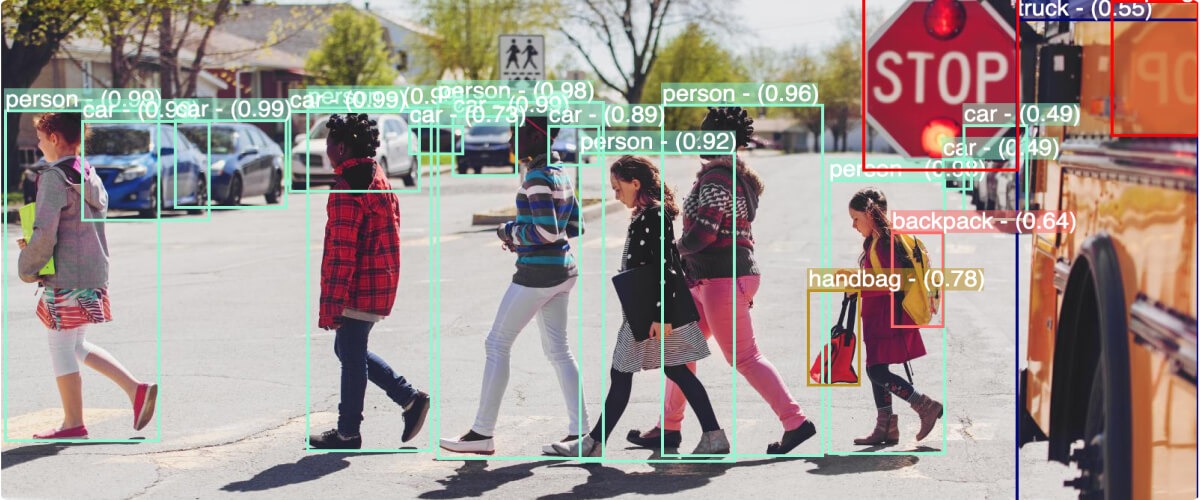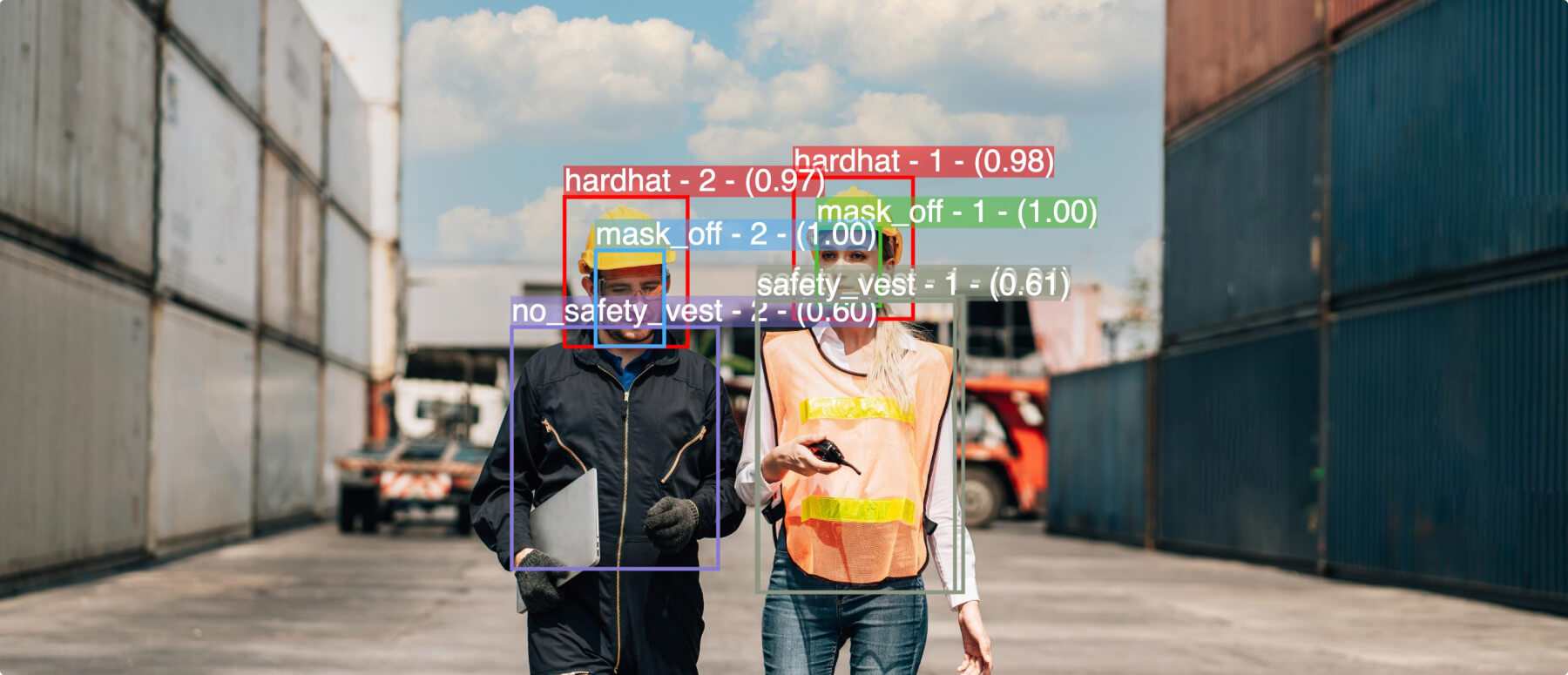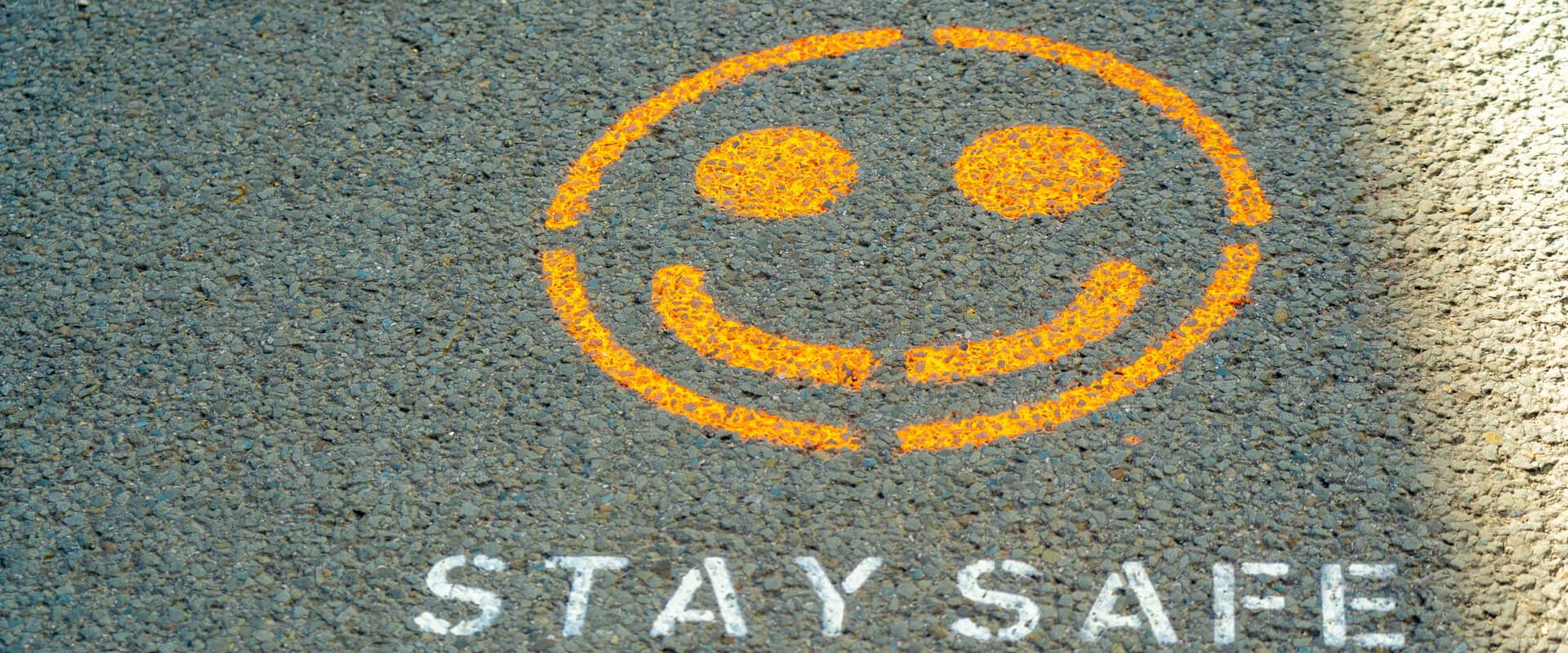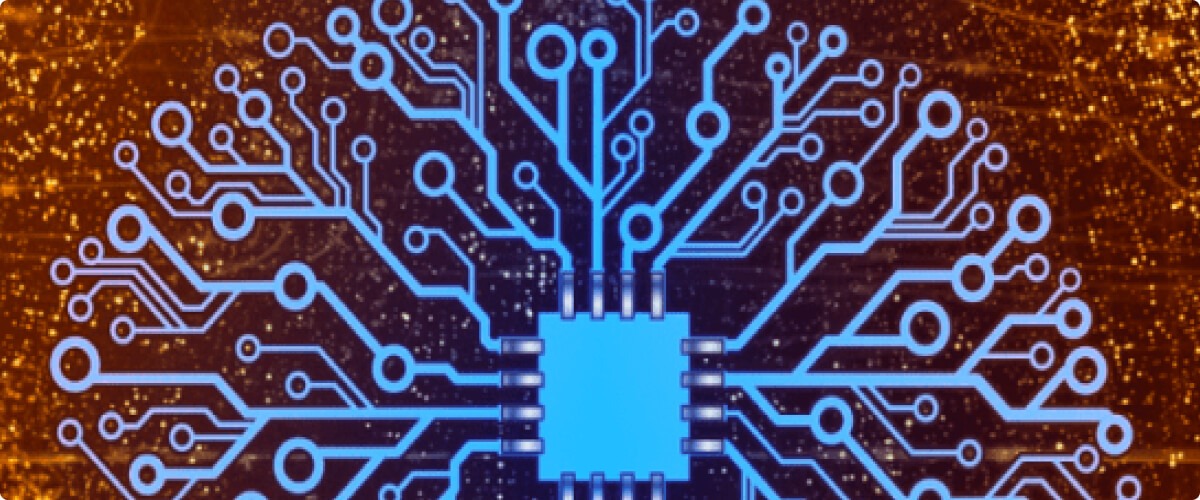As the world becomes even more digitized, facial recognition is reshaping the business landscape in unprecedented ways, far beyond mere device unlocking or social media interactions. This sophisticated technology, powered by advanced AI and machine learning algorithms, enables a wave of innovative applications that businesses across a wide spectrum of industries are rapidly adopting. Whether bolstering security protocols, streamlining operational processes, or enhancing customer experiences, the potential of facial recognition technology in business is vast and largely untapped.
In this blog post, we delve into five remarkable applications of facial recognition technology and how these applications are revolutionizing the retail, hospitality, and security sectors; from personalized marketing campaigns to automated access control systems, all driven by facial recognition. No longer is this technology a futuristic concept, it is a powerful tool transforming businesses today.
1. Streamlined security solutions
Facial recognition technology is progressively being adopted by businesses, enhancing security protocols, and optimizing operations. This advanced system verifies individuals’ identities by comparing facial features from digital images with a stored facial database, offering real-time identification of unauthorized individuals and preventing security breaches. This seamless security solution eliminates the need for traditional physical tokens like keys or access cards, reducing the chances of lost or stolen credentials.
The adoption of facial recognition technology in businesses has seen substantial growth, with 68% of startups in 2021-2022 focusing on identity verification, and the market is projected to grow at a 15.4% compound annual growth rate through 2028. Facial recognitions use extends beyond security, with many businesses leveraging it to provide personalized services to customers and employees. Unique profiles can be created for everyone based on past behavior, demographics, and other data, allowing businesses to offer better products and services to their target audiences. This technology can also help companies stay ahead of the competition by pinpointing emerging consumer trends.
Facial recognition also prevents shoplifting in retail stores, supermarkets, and other shopping centers. Facial analysis scans people as they enter the premises, identifying any known criminals based on their previous criminal records. Some companies might even use real-time alerts during thefts so that law enforcement agencies can respond more quickly.
While larger corporations have primarily been the ones to invest in this technology, as the cost of facial recognition software continues to decline, smaller businesses will start using it to improve their operations.
2. Personalized marketing strategies
Marketing campaign success relies heavily on delivering personalized experiences to consumers. Facial recognition technology is being increasingly utilized to identify certain customer demographics, such as age, gender, or ethnicity. By analyzing this data, businesses can enhance their marketing strategies to better align with their target audience’s needs and preferences.
In the retail industry, facial recognition technology can provide significant benefits. For instance, it can help identify loyal customers and offer personalized deals or recommendations based on shopping behavior. It can also be valuable for brick-and-mortar businesses with multiple locations by counting the number of store visitors at each location and analyzing sluggish sales at locations with less foot traffic.
Personalization has become one of the most indispensable marketing strategies among B2B and B2C marketers worldwide. By 2023, the global revenue of customer experience personalization and optimization software will surpass $9 billion (about $28 per person in the US) dollars. Many companies are already spending more than half of their budgets on personalization initiatives. If fact, over 60% of online shoppers have stated that brands underdelivering personalized content would impact their brand loyalty.
3. Enhanced customer experience
Facial recognition technology has rapidly evolved in processing passport and mugshot photos, reaching an impressive accuracy level of up to 99.97% in ideal conditions, s. This accuracy rate can average around 90% in some situations due to factors like aging, makeup, lighting, and the subject’s position relative to the camera.
In the hospitality and service industries, facial recognition has the potential to revolutionize the customer experience. Many hotels are investing in this technology, with statistics showing that 72% of hotels are likely to adopt facial recognition by 2025. This technology can identify returning guests, enabling a swift check-in process and personalized greetings. It can even eliminate the need for conventional room keys, enabling guests to enter their rooms without a physical key and facilitating contactless payment methods at checkout. In China, guests can check into the Marriott by simply allowing a machine to scan their faces.
In the aviation industry, airlines are utilizing facial recognition to streamline the boarding process, making it faster, more secure, and more efficient.
4. Workforce management
Facial recognition technology has been gaining traction as an effective tool for Human Resources (HR) teams to manage their workforces. Its adoption in HR is expected to grow to $9.6 billion by 2027. This technology presents significant advantages for companies, including accurately tracking employee attendance, productivity, and behavior.
Facial recognition helps eliminate time theft and buddy punching, where employees clock in for colleagues who are not present. This is particularly important, considering since 2018, 17% of companies used biometrics on time clock systems to verify employee identities . The digital database used for check-in can also validate attendance if required, adding a layer of accountability, and reducing unauthorized absences.
Facial recognition can contribute to a more efficient work environment by automating access to workplaces even during off-hours, thus eliminating the need for exclusive access requests. This feature also drives enhanced security, preventing unauthorized access, and is of paramount importance in increasing workplace security.
Facial recognition can provide critical insights into employee engagement and job satisfaction levels. This data-driven approach allows HR teams to develop targeted talent retention and performance enhancement strategies. For example, by reducing manual tasks like monitoring guest logs, facial recognition can free up reception staff to focus on higher-value activities, boosting their productivity.
5. Financial transaction fraud prevention
With the exponential growth of digital transactions, managing the risk of fraud has become a paramount focus for businesses. The total transaction value in the Digital Payments market is projected to reach $9.46 trillion in 2023. It is expected to grow at 11.80% annually, reaching $14.78 trillion by 2027. Concurrently, the losses due to online payment fraud were estimated to be $41 billion globally in 2022, rising to $48 billion by 2023.
Facial recognition technology has emerged as a potential solution to tackle this issue. In the United States, 15% to 20% of approximately 11,000 financial institutions use selfie photo imaging in combination with document verification for user authentication. It is estimated that 600 to 700 more financial institutions adopted facial recognition technology in the past year. As financial institutions continue to invest more in their digital platforms, the adoption of this technology is expected to increase, especially for online/mobile banking and online applications.
The market for services that pair biometrics with document authentication is growing, with the number of providers offering this technology more than doubling from less than 20 in 2018 to over 50 in 2021. Many digital ID providers have added some form of facial authentication as they seek to provide more powerful technology than fingerprint scans to scans to combat spoofing, when a person impersonates a a contract or brand, and minimize friction for people when accessing sites securely. Major tech firms like Apple have been paving the way with new customer experiences in biometrics, making facial recognition a very intuitive experience for many consumers. The market for this technology, in combination with document ID verification, is projected to surpass $1 billion by 2024.
Where does facial recognition go from here
Facial recognition technology’s potential in the business landscape is immense. By incorporating it into their operations, businesses can leverage the benefits of enhanced security, personalized marketing, improved customer experience, effective workforce management, and robust fraud prevention.
Facial recognition is no longer a futuristic concept. It is a reality today that’s redefining business operations across the globe. With its wide-ranging applications and the potential to revolutionize business, this technology is undoubtedly an investment that will yield significant returns now and in the future.


